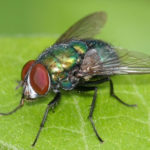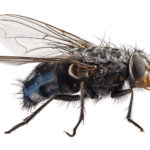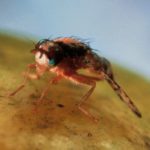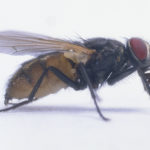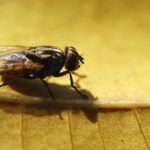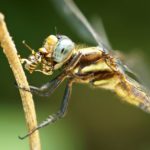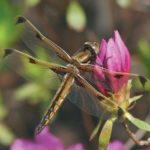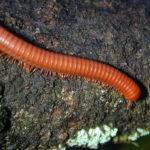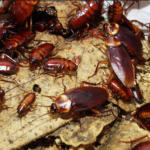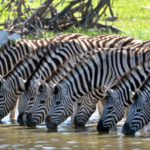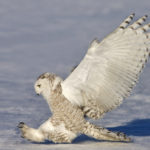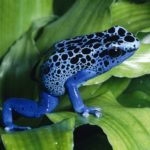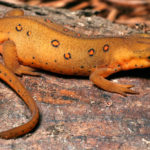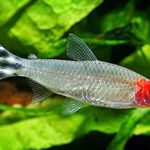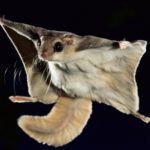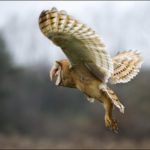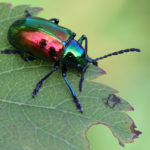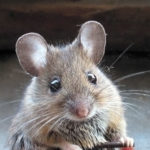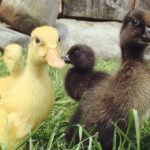25 interesting facts about flies
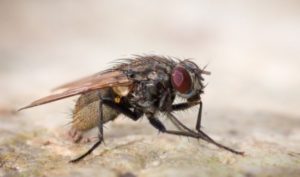 The ubiquitous flies, sometimes annoying and quite annoying, are found almost everywhere, and it is simply impossible to get rid of them. However, this would be a bad idea anyway – they are an important source of food for many other living things, which maintains the balance of the ecosystem. Remove one link and the whole chain will fall apart.
The ubiquitous flies, sometimes annoying and quite annoying, are found almost everywhere, and it is simply impossible to get rid of them. However, this would be a bad idea anyway – they are an important source of food for many other living things, which maintains the balance of the ecosystem. Remove one link and the whole chain will fall apart.
House flies familiar to all of us are well-known messengers of dirt. They are able to carry it for several tens of kilometers on their feet.
Most species of flies live short, but mayflies in this regard set a record – their life span does not exceed a day.
To collect 1 kg of ordinary house flies, it will be necessary to catch about 40,000 individuals.
One single species of flies produces live offspring, and all the rest of their species lay their eggs, like most other insects.
It’s not in vain that flies fly on manure. One kilogram contains enough nutrients to provide food for approximately 15,000 fly larvae.
California has an endemic species of these insects, whose larvae live in natural oil lakes.
Green flies are notable for the fact that the female usually eats the male after mating. In order to survive, males usually pay tribute to the female in the form of some kind of food, but this does not guarantee that she will not eat a weakened partner after mating.
Some species of flies spend their lives near thermal springs, where the temperature is very high. They are found mainly in New Zealand, Iceland and Japan.
The most dangerous fly in the world is tsetse, as it carries a sleeping sickness, which often leads to death. In itself, it is not poisonous. A tsetse fly is found in Africa.
Pests do not include all types of flies. Tahina, for example, destroys flies of other species by laying its eggs inside their larvae.
Bloodthirsty pusher flies eat victims in flight. They possess spiked legs that pierce other insects and eat their insides.
The cabbage fly is harmless in itself, but its larvae are a source of headache for farmers and gardeners, as they are very voracious and able to eat the entire cabbage crop.
The Hessian fly is almost indistinguishable from mosquitoes. It feeds on grain, therefore it is sometimes called the bread fly.
Many types of flies, including ordinary indoor flies, carry a number of diseases that are very dangerous for humans.
For its life span, which lasts about a month, the housefly can lay up to 2-3 thousand eggs.
The stomach of these insects can digest only soft food, so they moisten it with saliva before swallowing.
A weighty golden fly the size of a fist was one of the most honored rewards in ancient Egypt.
Since flies do not have a nose in the usual concept, the role of olfactory receptors in them is played by antennae growing on the head. Moreover, their sense of smell is very acute, they are able to feel something edible at a distance of half a kilometer.
In each eye of the fly, there are several thousand facets (segments).
Without exception, all flies are covered with hair, but very thin, and therefore almost invisible to the naked eye.
Flavoring receptors in flies are located on the legs. Therefore, they rub them against each other in order to clean them of dirt and not lose the opportunity to taste the food.
Depending on the type of flies, they feed on a wide variety of foods, from other insects and blood to flower nectar.
House flies are so adapted to exist next to people that they can no longer survive without them.
Outwardly, fly larvae resemble small worms.
Most species of flies can see ultraviolet radiation.
